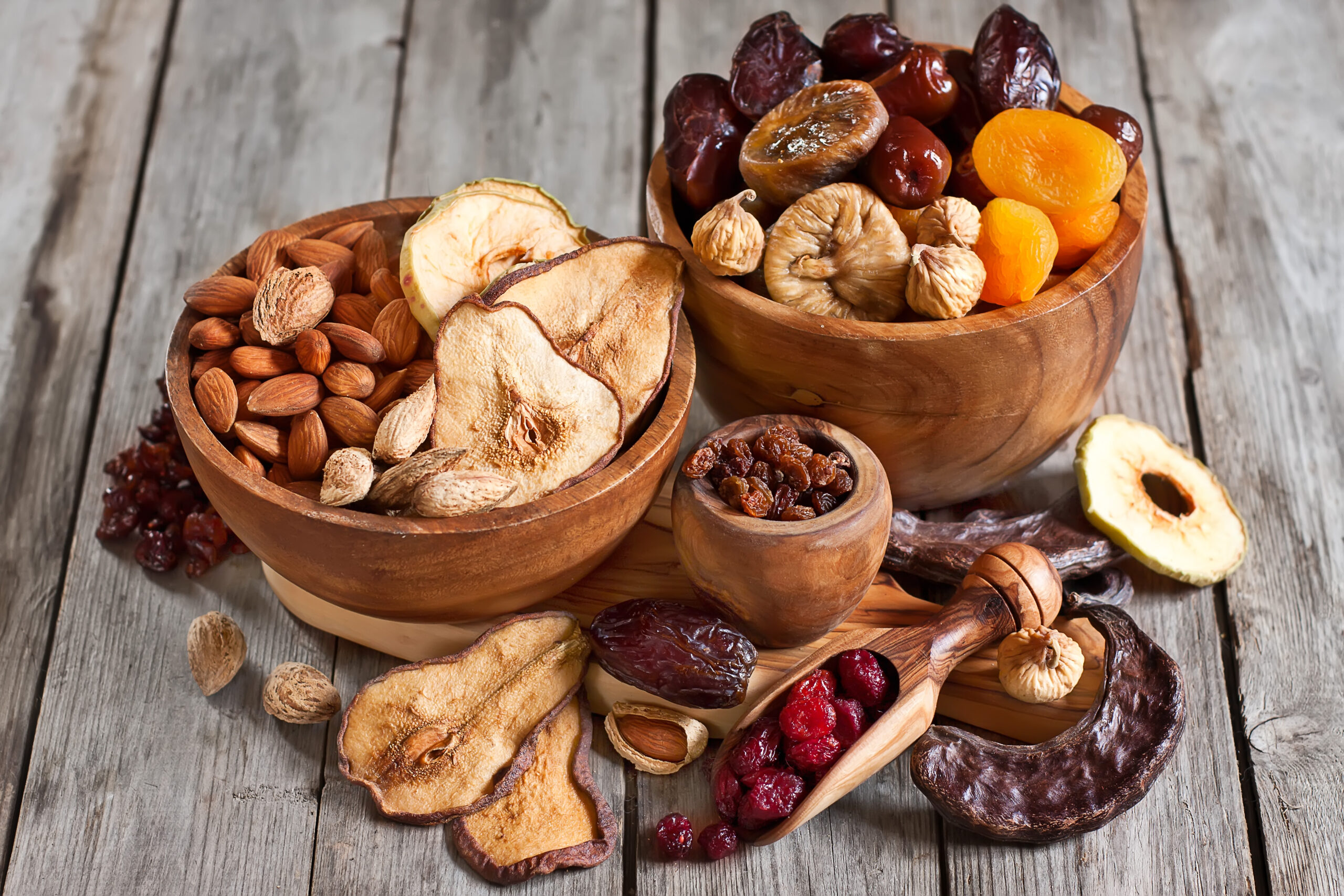Episode 7
TL;DR
- Nutrient density refers to the amount of nutrients per calories, thus favoring nutrient-rich foods over “empty calories”.
- It is difficult to compare the nutrient density of different foods, which is why nutrition labelling systems are so useful, despite their limitations.
- It is always advisable to choose foods with a high nutrient density, especially when restricting calories.
- Calorie density refers to the quantity of calories in relation to the mass of a food, with water-rich or low-fat foods generally having a lower calorie density.
- The choice of calorie density depends on your objectives: low for weight loss, high for athletes.
When you’re on a calorie restriction – how do you meet your nutritional requirements (in terms of proteins, dietary fibers, vitamins or dietary minerals), if you eat less? The answer lies in food nutrient density. What is it? How can we increase it? A link with calorie density? Today’s topic may be short, but it’s dense!
Prioritize nutrient-dense foods
The nutrient density1 of a food refers to the quantity of nutrients it provides per calories. It is high when a food is rich in nutrients but low in calories. Its use is comparative: for example, a glass of cola2 and a glass of fresh orange juice3 contain the same amount of calories, but the latter will provide you with far more nutrients. In fact, it more than fills your daily vitamin C Reference Value, whereas cola only provides you with what are known as “empty calories”.
However, comparing the nutrient density of different foods is complex. That’s why nutrition labelling systems4 have been developed. If you’re in Europe, you could be familiar with the Nutri-Score5 (France, Belgium, Spain, Switzerland, Germany, Luxembourg, Netherlands…) but there’s also the Health Star Rating System6 (Australia and New Zealand), not to mention private initiatives with a rather ‘black box’ methodology.
Most of these systems take into account a range of nutrients, and rank a food higher if it contains a variety of nutrients than if it is rich in just one or two. These systems can also penalize foods rich in undesirable elements such as saturated fats, added sugars or sodium.
Although these systems help to choose nutrient-rich foods for the same calorie content, they are most effective when comparing similar foods, and conversely less useful – in my opinion – when comparing different categories.
Anyway, it’s always preferable to choose foods with a high nutrient density, especially when calorie intake is restricted.
Consider calorie density based on objectives
The calorie density7 of a food refers to the quantity of calories it contains in relation to its mass (or volume). For example, plums8 have a higher calorie density than prunes9 due to (non-caloric) water loss.
Foods rich in water or low in fats (2 times more caloric than proteins or carbohydrates) generally have a lower calorie density. Choosing low-calorie-density foods can help reduce calorie intake without increasing feelings of hunger, which is beneficial for people trying to lose weight.
In certain situations, on the other hand, high-calorie-density foods may be preferred, to provide maximum energy for those who expend a lot of it (athletes) or who find it difficult to eat a lot (struggling to put on weight). I’m also thinking of an interview with adventurer Mike Horn10, who also had problems with the volume he had to carry with him on his polar expeditions…
Keep in mind that calorie density does not take into account nutritional richness. As a result, a food may be calorie-dense but not nutrient-dense, like some commercial spreads (which may, however, have a more nutritious equivalent).
Remember, you still need nutrient-rich foods. The question of calorie density depends on your objectives (low for weight loss and high for weight gain). Several topics have been covered here, such as nutrition labelling, nutritional requirements and calories. Others, such as the processed food level, which provide an additional reading key, have been deliberately overlooked. But I’m sure I’ll come back to it…
Here’s a personal hack: eat the skin of fruits and vegetables. The skin is rich in vitamins and dietary minerals, not to mention dietary fibers. And there are plenty of recipes, either salty or sweet, using zests. The only drawback is the need to opt for organic products to limit the amount of pesticides ingested…
Fun Fact
Olive oil, one of the most calorie-dense foods (and a fairly good nutrient density, too), has an energy density11 almost equivalent to that of gasoline (33 vs. 34.8 MJ/l).
Going further
References
- https://en.wikipedia.org/wiki/Nutrient_density ↩︎
- https://fdc.nal.usda.gov/fdc-app.html#/food-details/174852/nutrients ↩︎
- https://fdc.nal.usda.gov/fdc-app.html#/food-details/169098/nutrients ↩︎
- https://en.wikipedia.org/wiki/Nutritional_rating_systems ↩︎
- https://www.santepubliquefrance.fr/en/nutri-score ↩︎
- http://www.healthstarrating.gov.au/internet/healthstarrating/publishing.nsf/Content/About-health-stars ↩︎
- https://en.wikipedia.org/wiki/Food_energy ↩︎
- https://fdc.nal.usda.gov/fdc-app.html#/food-details/169949/nutrients ↩︎
- https://fdc.nal.usda.gov/fdc-app.html#/food-details/168162/nutrients ↩︎
- https://www.youtube.com/watch?v=OljJHmKvvyU ↩︎
- https://en.wikipedia.org/wiki/Energy_content_of_biofuel ↩︎

